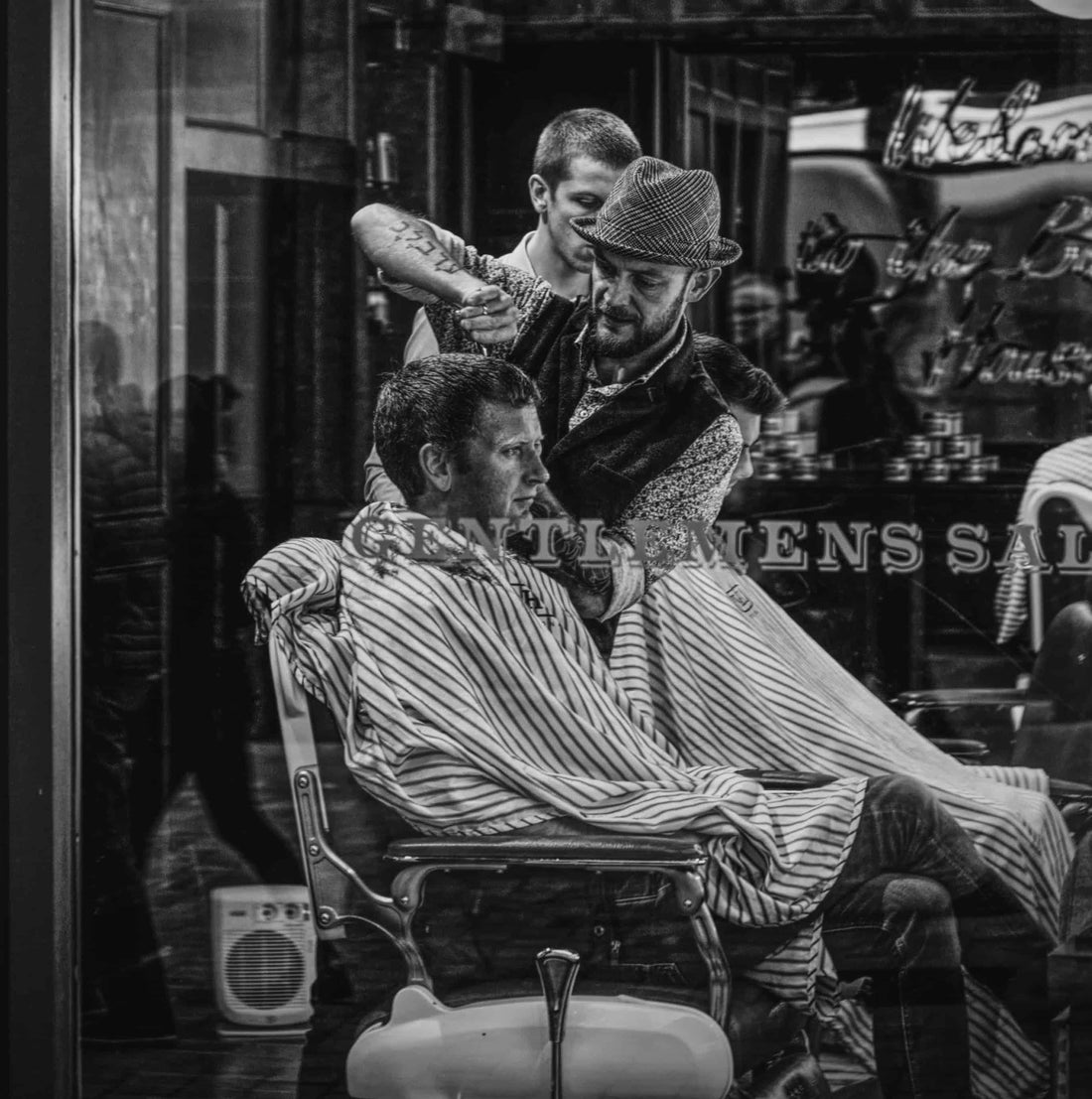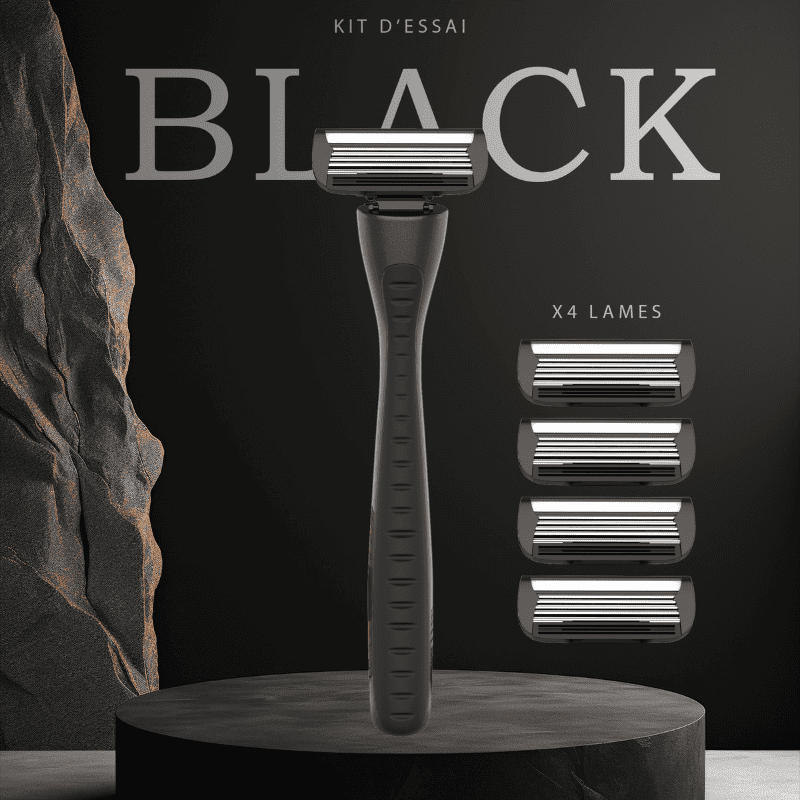Already in prehistory
As early as the time of the Neanderthal man (hundreds of thousands of years before our era), we find paintings in caves depicting men tearing out their beard hairs with shells. Men and women of the time thought that evil spirits inhabited them through their hair. The very first barbers therefore date from this period, and were highly esteemed in society.
In Ancient Egypt, 4000 BC, Egyptians shaved their heads and the wig was a very common accessory. They already concocted depilatory creams containing ingredients such as arsenic to dissolve their hair. Indeed, beard hairs were seen as unhygienic for men. The barber also had a role as a surgeon at the time because they used knives for both shaving and surgery.
Alexander the Great had all his soldiers shaved
With the advent of the Iron Age, beginning about 1100 BC, mankind managed to make better tools for shaving and could leave shells and shark teeth filed down. Centuries passed and shaving is present all over the world: Alexander the Great ordered his army to shave so that the enemy could not decapitate them by catching them by the beard; the average Indian shaved the torso and the pubic area; the Roman legions used pumice stone to remove their beard; the British shaved the whole body except the head and upper lip.
From the 2nd to the 17th century, the beard came back into fashion. Emperor Hadrian (76-138) began to wear a beard mainly to hide his face, which he found hideous. The fashion for beards began to come to an end in the early 17th century when Louis XIII began to lose his hair.
As metal working had progressed well since the Iron Age, new tools appeared to make shaving more pleasant. Around 1680, the first straight razor appeared in Sheffield, UK. A few years later, Jean-Jacques Perret published his book "la pogonotomie", meaning "the art of learning to shave oneself". Until then, one always had to go through a barber to have the opportunity to be shaved. This book is therefore the first to learn how to shave oneself, and no longer from a barber. For the time, it was revolutionary.
The wearing of beards was not frowned upon in France. Peter the Great, from Russia, despised the beard so much that anyone who did not shave properly was taxed. Throughout Europe and Russia, men and women shaved their heads, and wigs became a thriving business.
The great inventions of shaving
The 19th and 20th centuries saw the greatest inventions of shaving. First, William Henson created a trowel-shaped razor, placing the handle perpendicular to the blade, making it easier to grip and control the tool. A few decades later, the Kampfe brothers patented the first safety razor, with a guard along one side of the blade, but the blade still needed frequent sharpening. In 1901, King Camp Gillette revolutionized shaving by creating the first disposable safety razor. World War I became a real opportunity for Gillette as the U.S. Armed Forces needed handles and blades for their entire army. Today's safety razor may not be as safe as a multi-blade razor, but at the time, the guard on either side of the blade was seen as making shaving much safer.
Other inventions continue to emerge: the first electric razor in 1927, the first razor with a coated edge, the first disposable razor. Gillette came up with a revolutionary new invention in 1971: they developed the first multi-blade razor, and the first swivel head razor. It was realized that with a multi-blade razor, the first blade straightened the hair, allowing subsequent blades to cut it more efficiently. The pivoting head follows the contours of the face, which has the advantage of avoiding cuts and burns.
The world of shaving is in constant evolution, to be able to offer the most efficient and comfortable shave. Even today, shaving is a science that is constantly evolving to offer the best to those who shave.


